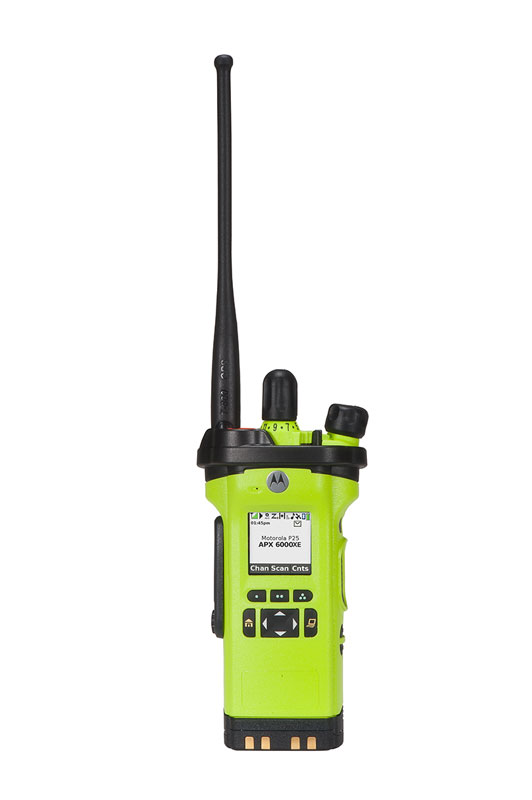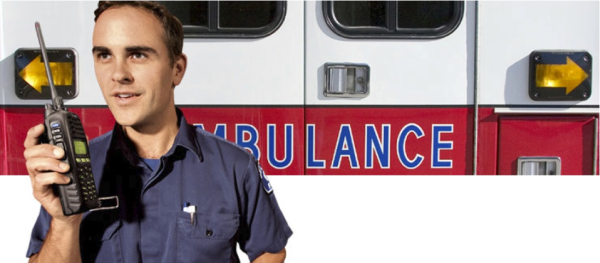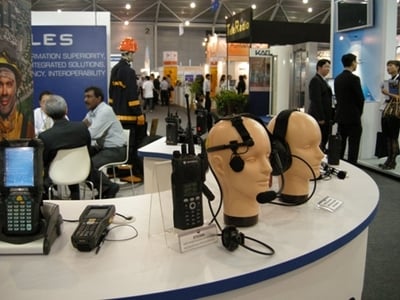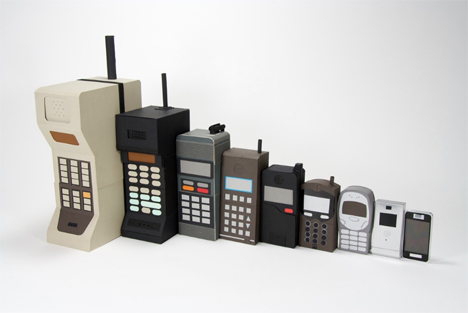Tom's Tech Talk (#8): "Sync" Your two-way Radios & Accessories
As most people believe that hooking up a radio is a couple of wires, consider this. Typical radio antenna connections are 50 ohms of impedance. Antenna cable comes in many varieties. For instance your Cable TV Cable is 75 ohms impedance. Twin lead for an outdoor antenna is 300 ohms. Standard 2 Way Radio cable is 50 ohms. In layman’s terms, ohms equates to the resistance of a part or device. When mixing different varieties of cables, you actually get a mismatch. This mismatch usually results in degraded performance or even failure.
For two way radio, the typical impedance is 50 ohms. This means that the radio should match the antenna cable and the antenna cable should match the antenna. When done properly you obtain maximum transfer of power to the antenna. When done improperly the mismatch can actually cause reflected power back into the radio either shortening the life of the amplifier or causing degraded performance in the operation of the radio.








